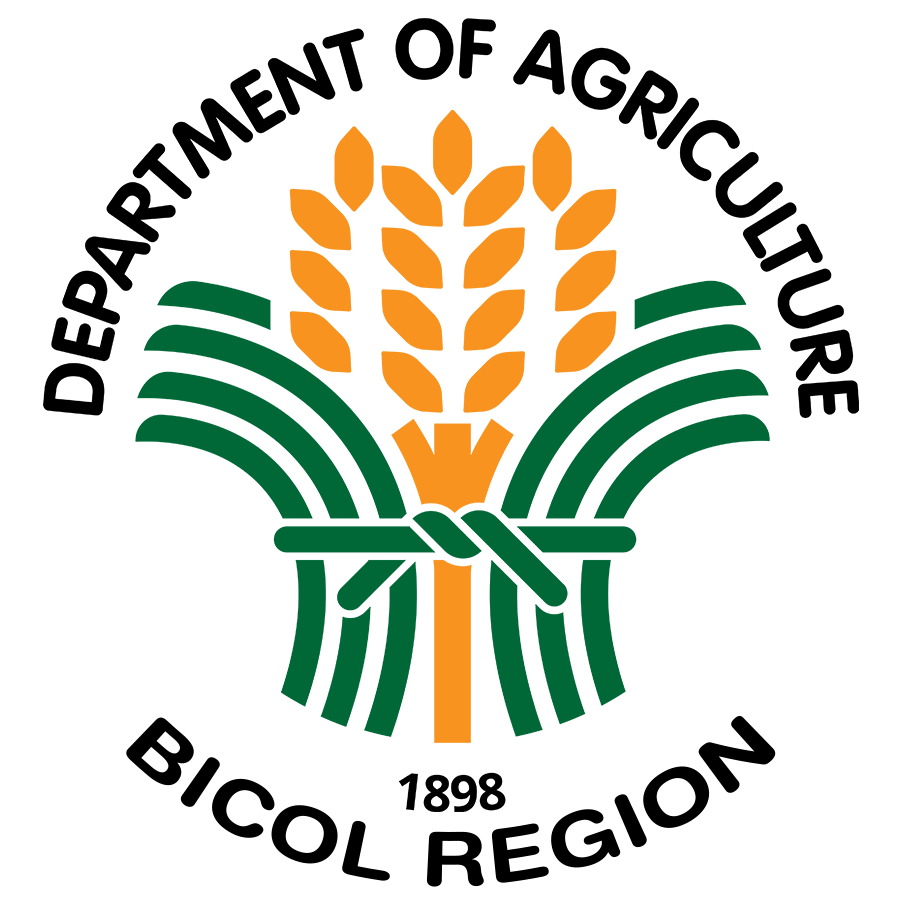LEGAZPI CITY, ALBAY – Go beyond the crablet supply chain to come up with a road map for a sustainable crab industry development in the province. This is the recommendation of researchers from Catanduanes State University (CSU) headed by President Dr. Minerva Morales.
At the Consultation Meeting with CSU and Presentation of the initial result of the Mangrove Resource Mapping and Stakeholders’ Engagement for Sustainable Crab Industry Development in Catanduanes on May 31, 2019 in this city, Morales highlighted the social, economic, institutional and political concerns that affect the mangrove crab industry in the island province. These include unabated gathering of crablets, rampant illegal fishing and use of destructive gears, lack of alternative source of income aside from crablet collection and weak enforcement of the existing regulatory policies.
The presentation of the initial result coincided with the 8th World Bank (WB) Implementation Support Mission to South Luzon Cluster as the P2.1 million-worth research and development (R&D) project is funded under PRDP’s I-PLAN 1.2 subcomponent.
“Going beyond the crablet supply chain will entail partnership, ownership and shared responsibility. To achieve sustainability, there should be a buy-in,” Morales said.
She added that to attain this goal, there should be co-management of the mangrove ecosystem as habitat of crabs and other important aquatic species. Morales also stated the implementation of Republic Act 10857 or An Act Establishing Mangrove Crab Seed Banks, Nurseries and Grow-out Production Farms in Catanduanes and the Provincial Ordinance No. 010-2012 or the Creation of Catanduanes Crab Center and Regulating the Shipment of Crablets Outside Catanduanes. Moreover, she underscored the need to increase crab-gatherers’ income and profit by harvesting marketable-sized mangrove crabs and or sustainable farming systems. Currently, the VCA of mangrove crablet industry in the province shows that the final product being sold are crablets.
“If we can just delete the final sale of crablet (from the value chain) then we go directly to marketable mangrove crab, then we can have a sustainable crab industry in Catanduanes,” Morales said, citing the VCA of mangrove crabs in Fiji as an example, wherein the mangrove area is protected by the community, no destructive gear is used for crablet collection, and 63 percent are bare hand collection.
As of May 2019, the CSU has completed establishing partnership and Project team among stakeholders, CSU, Philippine Rural Development Project (PRDP), local government unit, Bureau of Fisheries and Aquatic Resources (BFAR), Department of Environment and Natural Resources (DENR) and Philippine Coordinating Center for Inclusive Development (PCCID). The CSU was also able to assess baseline mangrove ecosystem condition and ensure the engagement and capacity of stakeholders.
“We’re saying, ‘Let it grow.’ Let the crablets grow for a sustainable mangrove crab industry in Catanduanes,” Morales appealed.
The CSU, PRDP and the WB had a dialogue after the presentation wherein WB Consultant and Natural Resource Management (NRM) Specialist Jim Hancock commended Morales and her team.
“It’s a pleasure to hear this. It looks like very thorough work. You’re going to the heart of the matter… You’re all very much on the right track. What’s good about it is it’s about the science, it’s about the management of the resources, also very important, it’s about the livelihood because you can’t separate out livelihood from management. People will not manage if their livelihood is also worsening,” he said. The WB also recommended to establish the connection between the I-PLAN 1.2 R&D and the P8.53 million-worth Mangrove Crab Production and Marketing Enterprise, a PRDP-funded enterprise development (I-REAP) subproject in Panganiban, Catanduanes. (Annielyn L. Baleza, DA-RAFIS V)
